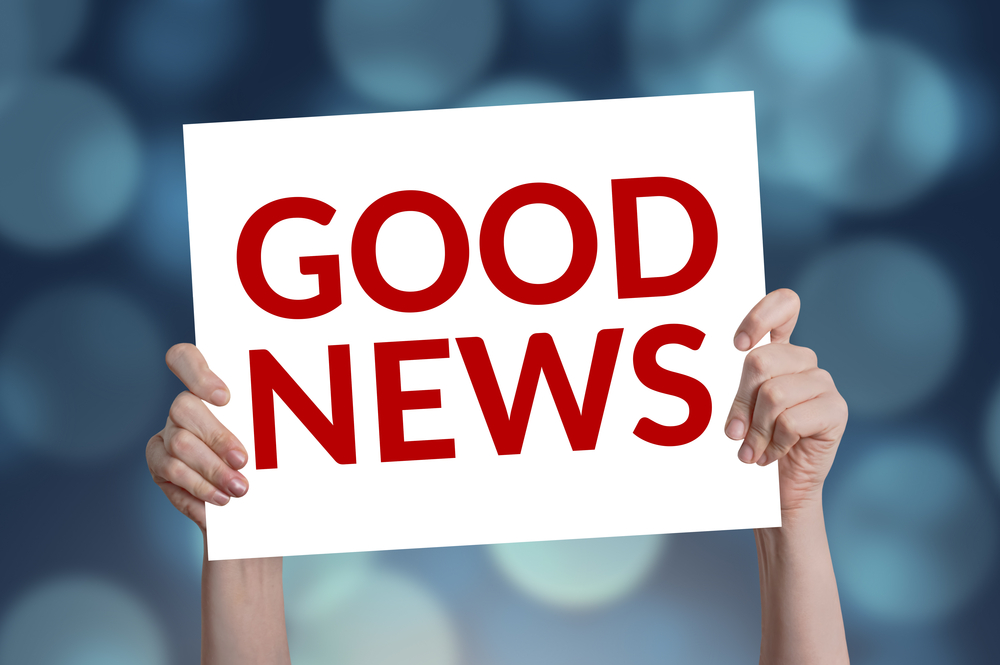The Good News Continues: Spotty Is Ready for the Next Rehab Step

Last week, I shared a positive update about my new horse, Cherry. A few days later, Spotty had his six-month checkup for his ligament injury. We got good news from the vet! He’s healing well enough that we can move to the next phase of his rehab, which includes a little canter and very large turns and circles at the trot. It may not sound like much, but these are big steps in equine rehab.
In a previous column, I wrote that in early January, Spotty was diagnosed with a ligament issue, which shares many symptoms with Ehlers-Danlos syndrome (EDS). I mean, what are the odds that a person with EDS winds up with a horse who also has EDS-like symptoms? I should buy a lottery ticket.
During his recovery, Spots has had a lot of massage, bodywork, and chiropractic, and I’ve had some fascinating conversations with those providers about how I’ve been managing Spotty and his issues. A horse with a relatively mild to moderate ligament issue like Spotty’s often goes undiagnosed; it usually is recognized only in severe cases, and the injury can be devastating.
I’ve had lengthy discussions with both Spotty’s chiro vet and his bodyworker about how I manage him and his exercise and rehab plan. I approach it like I handle my own health. My goal for him is that he does enough work to maintain his strength without causing pain, while also recognizing when he has compensatory soreness and working to alleviate both the root cause and the symptoms.
I feel that we’re in a unique situation: I can, to a degree, understand how Spotty’s feeling and what might help him on any given day. At first, I was pretty upset about his diagnosis and partial retirement, but I’ve come to realize that our mutual understanding has strengthened our relationship.
Those of us with rare diseases seldom know many others who share the same disorder. I’ve never met another person with EDS. It can be challenging when you’re the only one managing your symptoms or learning how best to navigate your own rare disease unique issues. Obviously, Spotty and I can’t talk in a traditional manner, and he doesn’t actively manage his symptoms — in fact, he prefers to do things that make them worse! Yet his movement when I ride him helps me when I get stiff and sore, and I typically have an idea of what might help him if he’s not having his best day. Together, we help each other.
Having someone who understands your experience, whether that someone has four legs or two, is a powerful healing tool.
***
Note: Ehlers-Danlos News is strictly a news and information website about the disease. It does not provide medical advice, diagnosis, or treatment. This content is not intended to be a substitute for professional medical advice, diagnosis, or treatment. Always seek the advice of your physician or other qualified health provider with any questions you may have regarding a medical condition. Never disregard professional medical advice or delay in seeking it because of something you have read on this website. The opinions expressed in this column are not those of Ehlers-Danlos News or its parent company, Bionews Services, and are intended to spark discussion about issues pertaining to Ehlers-Danlos.







Leave a comment
Fill in the required fields to post. Your email address will not be published.